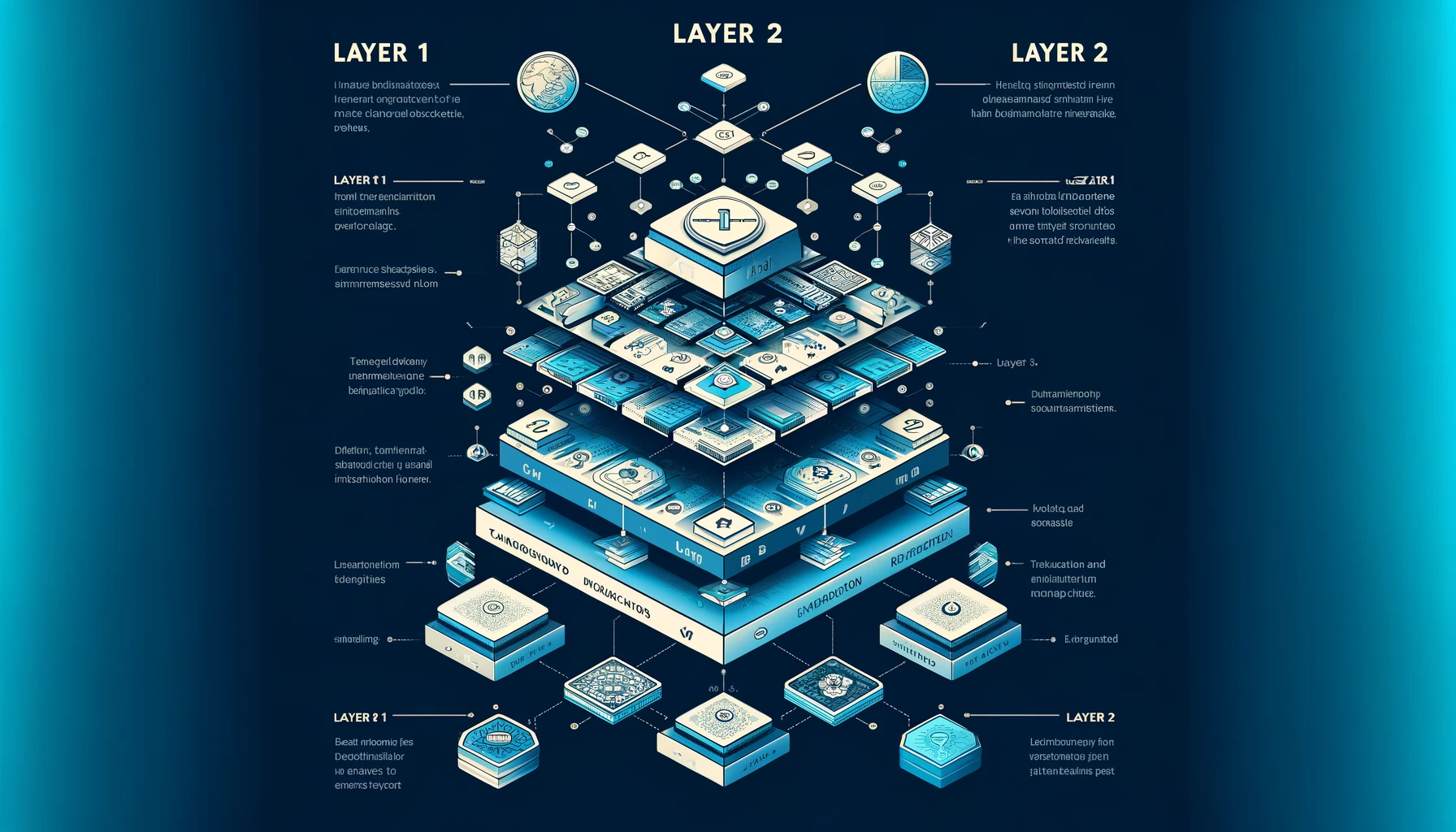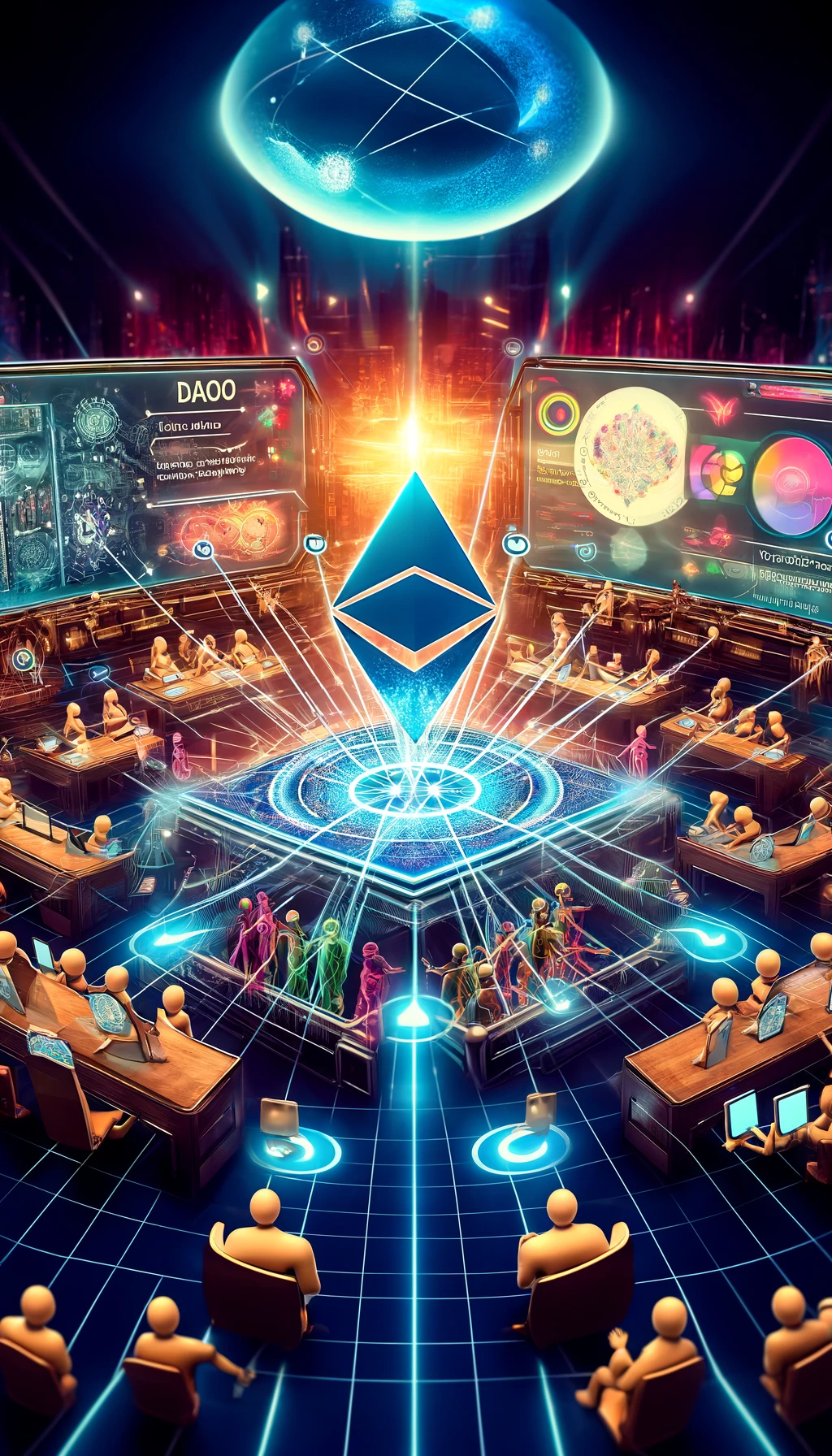Layer 2 (L2) refers to a secondary framework built on top of an existing blockchain network, such as Ethereum. It aims to improve the scalability, efficiency, and functionality of the underlying blockchain by processing transactions off-chain while still relying on the security of the main chain when necessary.
In simpler terms, Layer 2 solutions work alongside the main blockchain to alleviate congestion and increase transaction throughput. They achieve this by conducting most transactions off-chain, away from the main blockchain, and then periodically settling them on the main chain to ensure security and decentralization.
There are various types of Layer 2 solutions, including:
- State Channels: These enable participants to conduct multiple transactions off-chain and only settle the final state on the main chain. Examples include the Lightning Network for Bitcoin and Raiden Network for Ethereum.
- Sidechains: These are separate blockchains that run in parallel to the main chain but are interoperable with it. Sidechains can process transactions independently, allowing for greater scalability. An example is the Polygon (formerly Matic) sidechain for Ethereum.
- Rollups: These solutions bundle multiple transactions into a single transaction, which is then submitted to the main chain for validation. Rollups can significantly increase transaction throughput while maintaining security. Optimistic Rollups and zkRollups are two types of Rollup solutions.
Layer 2 solutions are crucial for addressing the scalability limitations of blockchain networks, especially as demand for decentralized applications (dApps) and transactions grows. By moving most transaction processing off-chain, Layer 2 solutions enable faster and cheaper transactions, making blockchain technology more practical for everyday use cases such as payments, gaming, and decentralized finance (DeFi).
How Layer-2 Solutions Work
Note: Implementations of most layer-2 solutions are still in their early stages, and many elements of layer-2 protocol design are still untested or unproven.
At a high level, layer-2s typically have two parts: A network that processes transactions and a smart contract on the underlying blockchain that resolves any disputes and achieves consensus on the state of the layer-2 network by cementing it to an underlying blockchain.
Layer-2 networks are where fast execution of transactions and computations occur. They can vary wildly in how they achieve this throughput. A common denominator between each layer-2 environment, however, is that when looking to settle on the base chain, layer 2s must provide some kind of cryptographic and verifiable “proof” to the blockchain on the integrity of the proposed state change, either preemptively or retroactively.
Similarly, the underlying smart contract implementation can vary between layer 2s, but the core functions of the smart contract are always to:
- Hold and release funds transferred to the layer 2
- Receive some kind of proof generated by the layer 2, validate it, resolve disputes, and then finalize transactions
A good way to conceptualize these two dynamics is to take two examples of existing layer-2 implementations—payment channels and rollups.


